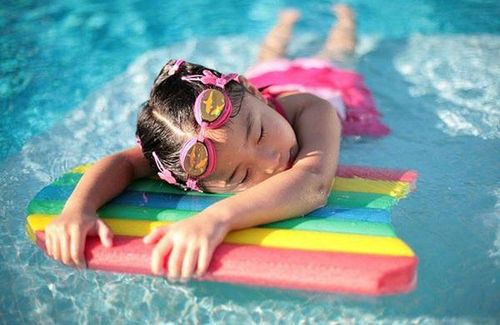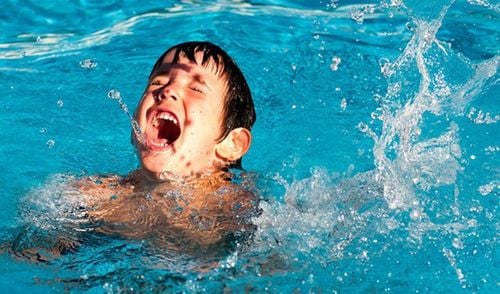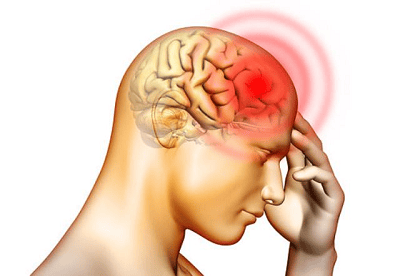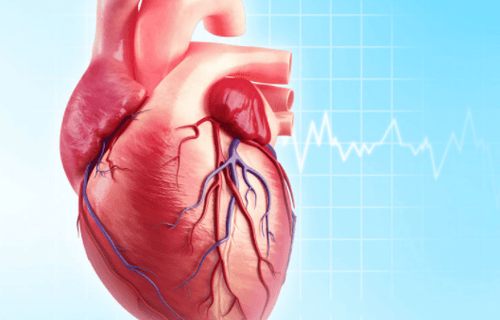This is an automatically translated article.
Drowning is a concept to represent the state of a person suffocating under water, the final stage before the victim is actually drowning. For drowning victims, immediate medical attention is required to prevent possible drowning complications.1. How many stages of drowning?
Anyone is at risk of drowning, including swimmers encountering a dangerous situation, drowning occurs when people cannot breathe underwater for a certain period of time, the amount of oxygen entering the body will be reduced and cause the organs in the body to stop working due to lack of oxygen. When drowning happens to children, it only lasts a few seconds, for adults it takes longer.To prevent the consequences of drowning, the victim needs to be quickly brought ashore and given first aid immediately, for a drowning person, time is precious every second, every minute.
Drowning has 3 stages:
Stage 1: Begins to sink Stage 2: Inhaling water, the larynx will have a reflex constriction and the lungs are still dry. Stage 3: Hypoxia due to airway effusion, increased oxygen consumption, damaged lung tissue and reduced diffusion area...
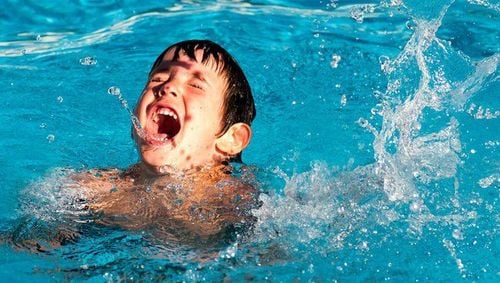
Bất kỳ ai cũng có nguy cơ bị đuối nước, kể cả người biết bơi
2. Clinical symptoms of drowning
People who drown have very diverse clinical symptoms that are caused by lack of oxygen, the victim will have symptoms such as:Shortness of breath, pain behind the sternum, rapid breathing Increased sputum and blood, pale skin Loss of consciousness, convulsions Cerebral edema due to cerebral hypoxia Tachycardia or arrhythmia, decreased blood pressure Drowning people if given timely and correct first aid, they are likely to survive, however, risks Complications of drowning are very high.
3. Instructions for first aid for drowning people
To prevent the consequences of drowning, causing death, as soon as a person is discovered drowning, it is necessary to quickly remove the victim from the water and perform first aid to expel the water from the lungs and stomach. Some movements to perform include:Can lift the victim up so that the head turns to the ground and then run and jump. Have the victim lie on his stomach with his head low to remove phlegm from the oropharynx. In case the patient has stopped breathing or has stopped breathing, it is necessary to carry out rescue breaths and massage the chest until the patient returns and has a pulse. When giving first aid to a drowning person, it is necessary to persevere until the victim can breathe on his own, the pupils are less dilated, and there is a pulse.
4. Consequences of drowning
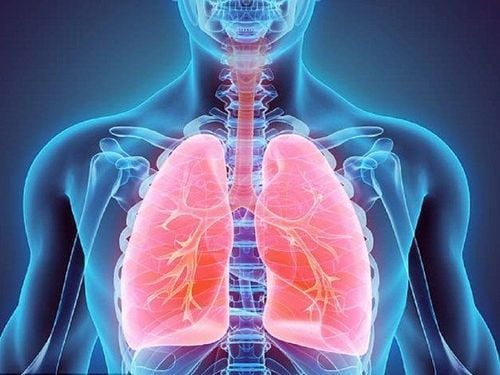
Người bị đuối nước thường gặp phải các biến chứng về phổi
People who drown often experience lung complications, acute respiratory distress syndrome, pneumonia ... due to lack of oxygen in the body.
Another complication of drowning that can have serious consequences is brain damage or physical damage, imbalance of body fluids and chemicals...Especially, drowning people may also enter a permanent vegetative state.
Timely first aid for a drowning victim is very important, even if the victim has been in the water for a long time, there is still a chance to save lives. people based solely on their time in the water.
5. Rehabilitation for patients with brain damage caused by drowning
The principle of rehabilitation and treatment for patients with brain injury due to drowning is to reduce muscle tone and increase muscle strength in some major muscle groups, facilitating functional movements and stimulating development. move according to the timelines, enhance independence in daily activities and stimulate early communication, language and thinking development.Physical therapy helps drowning people to restore motor function, maintain muscle strength and blood circulation. The best time to practice is in the first year, you should gradually practice each movement and from simple to complex, and combine with reasonable nutrition.
Rehabilitation for drowning people with physical therapy depends a lot on the expertise of the physiotherapist technician and the patient's perseverance. Currently, the Unit of Regenerative Medicine Clinic and Educational Psychology, Center for Regenerative Medicine, Vinmec Times City International General Hospital has achieved a lot of success in treatment and rehabilitation due to sequelae. brain damage caused by drowning, meningeal hernia...
Besides using modern rehabilitation machines, the Department of Regenerative Medicine and Educational Psychology Clinic also has a team of rehabilitation specialists. rehabilitation to help the patient get the most out of his or her ability to function. The team of experienced doctors and rehabilitation specialists at the Unit includes:
Master, Doctor Vu Duy Chinh: Over 17 years of experience in examining and treating pathologies in the Physiotherapy major/ Rehabilitation, especially pathology in the fields of: neurology, trauma and pediatrics... Doctor Le Thu Huong: Nearly 5 years of experience in Rehabilitation. In 2017, Dr. Huong obtained the degree of Resident Doctor of Rehabilitation. Doctor Bui Thi Hang: 8 years of experience in Pediatrics. In 2013, Dr. Hang obtained a resident doctor degree and a master's degree in pediatrics.
Please dial HOTLINE for more information or register for an appointment HERE. Download MyVinmec app to make appointments faster and to manage your bookings easily.





